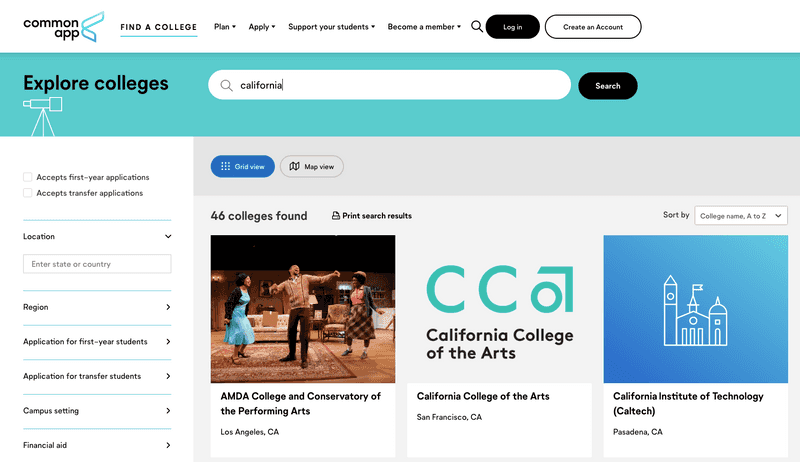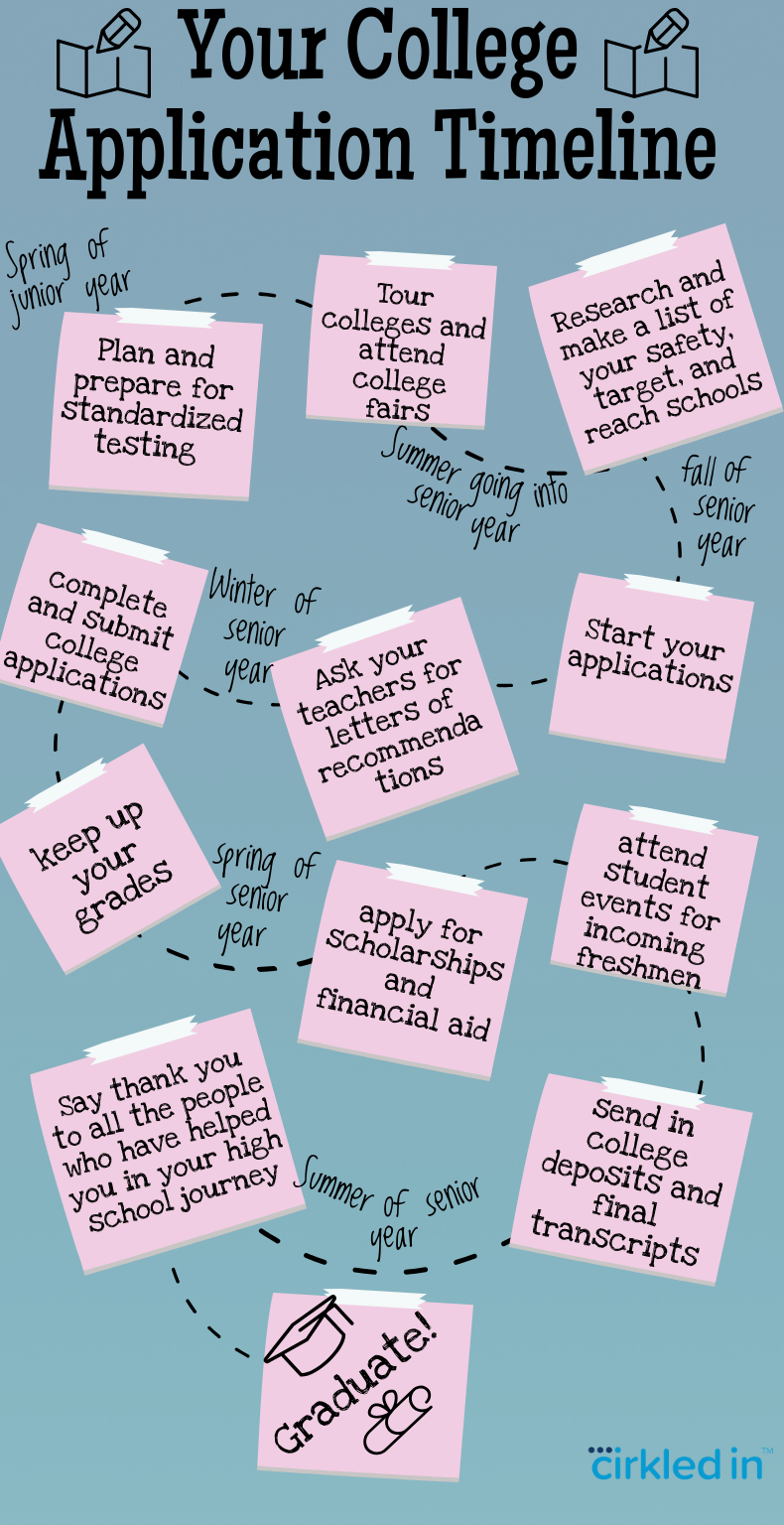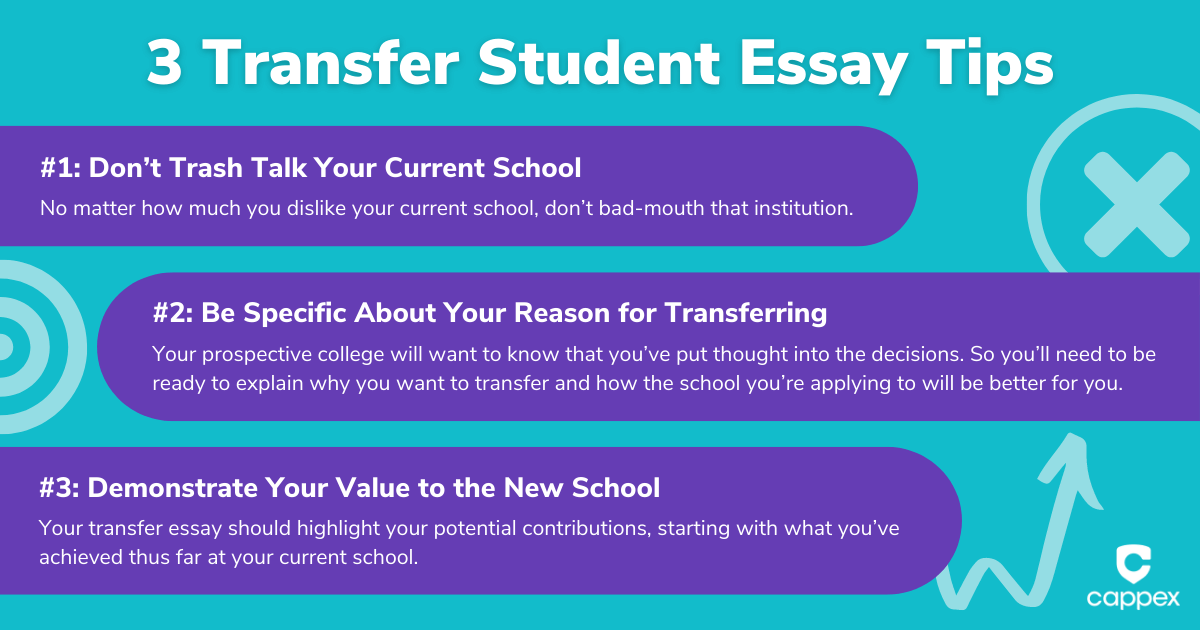Key Insights at a Glance
First-year students apply directly from high school, while transfer students have college experience.
Transfer students need to focus on their college-level achievements and explain their reasons for transferring.
Application processes differ: Freshmen typically submit SAT/ACT scores, while transfer students emphasize college grades.
Transfer students may have access to specialized resources but should verify transfer credit policies.
Both first-year and transfer applicants may need to write personal statements, with different focal points.
Defining the Journey: First-Year vs. Transfer Students
Embarking on the college journey is an exhilarating step. It’s a path that can take multiple routes, each with its own set of roadmaps and destinations. First-year students are those fresh out of high school, stepping into the world of higher education with a backpack full of dreams and a high school transcript. On the other side, transfer students have already dipped their toes into the college waters and are looking to dive into a new academic environment for a variety of reasons.

Understanding the Basics
Let’s clear the air: a first-year student is someone who’s starting college straight after high school. They’re navigating the admissions process for the first time and are often assessed on a mix of high school performance, standardized test scores, extracurricular activities, and personal essays. In contrast, a transfer student is someone who’s attended another college or university and is seeking to enroll in a different institution.
Why does this distinction matter? Because the experiences and expectations attached to each are as different as chalk and cheese. As a first-year applicant, you’re trying to prove your potential. As a transfer student, you’re demonstrating your proven track record at the college level.
Key Differences in Application Processes
Applying to college as a freshman or as a transfer student comes with its own set of guidelines and expectations. Freshman applicants, gather your high school transcripts and SAT or ACT scores; they’re your golden tickets to the admissions office. On the other hand, transfer students, your college transcript is your ace card. It’s what admissions officers scrutinize to predict your success at their institution.
But that’s not all. Freshman applicants often have the luxury of a common application process across many universities, whereas transfer students may encounter more varied and specific application requirements. This could include articulation agreements, transfer credits evaluation, and sometimes, supplemental essays or interviews.
Freshman or Transfer: Which Route to Take?
Deciding whether to apply as a freshman or a transfer student isn’t always a matter of choice – sometimes it’s about where you are in your academic journey. If you’re fresh out of high school, the freshman path is for you. But if you’ve already started at another institution and you’re looking to shift gears, transferring is your route.
Pros and Cons of Applying as a Freshman
As a freshman applicant, you’re looking at a world of possibilities. You get to experience college life from the get-go, which means four years (give or take) of growth, discovery, and perhaps even a little bit of fun. Here’s the lowdown:
Pros:
You’ll have a wider selection of colleges to choose from.
There’s the potential for a full four-year college experience, including orientation, dorm life, and campus traditions.
You may have access to more scholarships and financial aid designed for incoming freshmen.
But it’s not all roses:
Cons:
The competition can be fierce, especially for prestigious schools.
You’ll need to navigate the complex landscape of standardized testing and college essays.
The pressure to decide on a major or career path can be daunting at a young age.
Pros and Cons of Applying as a Transfer Student
Transfer students, you’ve got the benefit of hindsight and experience. You know the drill, you’ve survived college exams, and now you’re ready for a change. Here’s what’s in your corner:
Pros:
You can apply to a new program with a clearer sense of your academic and career goals.
Your college grades carry weight, showcasing your ability to handle college-level work.
Some institutions have agreements with community colleges that can make transferring credits smoother.
However, there are hurdles:
Cons:
Transfer spots can be limited, making some programs harder to get into.
You may find that not all your credits transfer, potentially setting back your graduation timeline.
Financial aid for transfer students can be more limited compared to what’s available for freshmen.
Remember, whether you’re a first-year applicant or a transfer student, your journey is unique. And while there are pros and cons to each path, the best route is the one that aligns with your personal, academic, and career objectives. Now, let’s dive deeper into the nuances of the transfer student experience.
Delving into the Transfer Student Experience
Transfer students often face a unique set of challenges and opportunities when entering a new institution. They must navigate the complexities of credit transfers, adapt to potentially different academic environments, and integrate into a student body where social groups may have already formed. But the experience can also be incredibly rewarding, offering a fresh start and new academic opportunities that may align more closely with a student’s evolving interests and goals.
Do Transfer Students Write Personal Statements?
Yes, they do. While the focus might differ from those of first-year applicants, transfer students must convey their story, explaining why they’re seeking a new college home. It’s a chance to reflect on personal growth and academic achievements, and to share what drives the decision to transfer. Most importantly, it’s about articulating how transferring aligns with future aspirations.
What Transfer Students Should Highlight in Their Applications
When transfer students lay out their applications, they should highlight:
Academic Progress: Showcase your college GPA and any courses that relate to your intended major.
Extracurricular Involvement: Illustrate how you’ve been active and engaged at your current institution.
Reasons for Transferring: Clearly explain why you’re seeking a change and what you hope to gain from the new college.
These components demonstrate your readiness to contribute positively to your new campus community.
Maximizing Your Chances: Strategies for Success
Whether you’re a transfer student or a first-year applicant, the goal is to present yourself as the ideal candidate. You want to showcase not just your academic abilities, but also your character and your potential to contribute to the college community.
Tips for Crafting a Compelling Freshman Application
First-year applicants, here’s how you can shine:
Highlight your academic strengths, but also your personal qualities and extracurricular activities.
Write a personal statement that tells your unique story and shows your potential.
Get strong letters of recommendation from teachers who know you well.
These tips can help you stand out in a sea of applicants and capture the attention of admissions officers.
Advanced Strategies for Transfer Applicant Success
Transfer students, to elevate your application:
Focus on your academic performance at the college level, as this will be scrutinized closely.
Articulate the reasons for transferring in a way that shows intentionality and direction.
Research transfer agreements between institutions to ensure a smooth credit transfer.
By following these strategies, you can navigate the transfer process more effectively and increase your chances of admission.
FAQs About First-Year and Transfer Applications
There are always questions swirling around the application process, whether you’re applying as a freshman or a transfer student. Let’s address some of the most common queries.
What Are the Academic Requirements for Transfer Students?
Transfer students are typically evaluated on their college coursework and GPA. Requirements may vary by institution, but in general, a strong academic record at the college level is crucial. Some schools also consider high school performance, especially if the student has completed only a year or two of college.
Can Transfer Students Receive Financial Aid?
Absolutely. While the types and amounts of aid may differ from those available to incoming freshmen, many institutions offer financial aid packages to transfer students. It’s important to file the FAFSA and any required institutional financial aid forms to determine eligibility.
How Long Does It Take to Transfer Colleges Successfully?
The timeline can vary widely, but the transfer process generally takes several months. It includes researching potential schools, understanding transfer policies, gathering application materials, and waiting for admissions decisions. Planning ahead is key to a successful transfer.
Is Community College a Good Starting Point for Transfer Students?
Community college can be an excellent stepping stone, especially for students looking to save on tuition costs or explore their academic interests before committing to a four-year institution. Many community colleges have articulation agreements with universities that facilitate the transfer process.
What Are Some Common Misconceptions About Transfer Students?
One common misconception is that transfer students are less likely to be involved in campus life. In reality, transfer students often bring diverse experiences and perspectives that enrich the college community. Another is that credits always transfer seamlessly; however, it’s crucial to check each institution’s transfer policies to avoid surprises.
In conclusion, whether you’re a first-year applicant fresh out of high school or a college student looking to transfer, the application process is your gateway to a new academic adventure. By understanding the differences, preparing thoroughly, and highlighting your unique strengths, you can navigate this journey with confidence and success.
FAQs About First-Year and Transfer Applications
Embarking on your college journey is filled with questions, and it’s natural to seek clear answers. Here, I’ve compiled some of the most common inquiries to help you navigate the process, whether you’re a first-year or a transfer applicant.
What Are the Academic Requirements for Transfer Students?
Official transcripts from all post-secondary institutions attended.
A minimum college GPA, which varies by institution (often around 2.5 or higher).
Completion of specific prerequisite courses, particularly for competitive programs.
The academic requirements for transfer students vary from one college to another. However, most schools will expect you to have maintained a certain GPA and completed a set number of credits at your current institution. It’s not just about having good grades; it’s also about showing that you’re ready to take on the academic challenges at your new school. For students considering the transition from a community college to a university, understanding the process can be crucial. For more information, read about the experience of transferring from a community college to Cornell University.
Keep in mind that some programs may have more stringent requirements, such as a higher GPA for competitive majors. Furthermore, if you’ve attended more than one institution, you’ll need to provide transcripts from all colleges or universities where you’ve earned credit.
Another key aspect is the course compatibility between your current institution and the one you hope to transfer to. Some schools have articulation agreements that simplify this process, but always check to ensure that your credits will be accepted.
Can Transfer Students Receive Financial Aid?
Yes, transfer students are eligible for financial aid, but the types and amounts may differ from what’s offered to incoming freshmen. To tap into these resources:
Begin by completing the Free Application for Federal Student Aid (FAFSA), which will determine your eligibility for federal grants, loans, and work-study programs. Additionally, check with your prospective institution’s financial aid office to learn about scholarships and grants specifically for transfer students.
Remember, the earlier you apply, the better your chances of receiving aid. Some funds are awarded on a first-come, first-served basis, so don’t delay in submitting your applications.
How Long Does It Take to Transfer Colleges Successfully?
Transferring colleges is not an overnight process. Typically, it can take several months to a year, depending on when you start your research and when application deadlines fall. Here’s a general timeline to consider:
Research potential schools and their transfer policies: 2-3 months.
Gather application materials and submit applications: 1-2 months.
Wait for admissions decisions: 1-3 months.
Finalize enrollment and transfer credits: 1-2 months.
Planning ahead is crucial to ensure a smooth transition. Start early, keep track of deadlines, and be proactive in communicating with both your current and prospective institutions.
Is Community College a Good Starting Point for Transfer Students?
Community college is an excellent starting point for many students. It offers a cost-effective way to complete general education requirements or explore different fields of study before committing to a four-year degree. Additionally, community colleges often have transfer agreements with local universities, which can simplify the credit transfer process.
Just make sure to verify that the courses you take align with the requirements of the four-year institutions you’re considering. This foresight can save you time and money in the long run.
What Are Some Common Misconceptions About Transfer Students?
There are several misconceptions about transfer students that need to be cleared up:
Firstly, some people believe that transfer students struggle to integrate into campus life, but many are just as engaged as their peers who started as freshmen. Secondly, there’s a myth that credits always transfer seamlessly. While many schools strive to make the process as smooth as possible, it’s crucial to check each institution’s transfer policies.
Lastly, some assume that transfer students are at a disadvantage academically. In reality, many transfer students excel because they’ve had time to mature and develop effective study habits.
In conclusion, whether you’re a first-year applicant fresh out of high school or a college student looking to transfer, the application process is your gateway to a new academic adventure. By understanding the differences, preparing thoroughly, and highlighting your unique strengths, you can navigate this journey with confidence and success.




